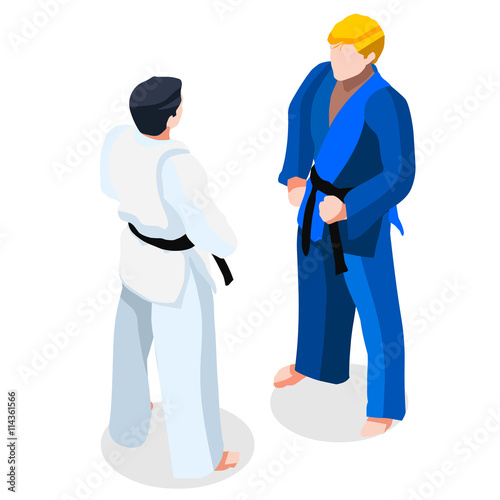Debunking The Various Fighting Style Designs: From Karate To Taekwondo
Debunking The Various Fighting Style Designs: From Karate To Taekwondo
Blog Article
Personnel Author-Carlson Weiner
Are you tired of feeling overwhelmed by the huge globe of martial arts? With pop over to this website to choose from, it can be very easy to get lost in a sea of punches, kicks, and strange names. However anxiety not!
This discussion will certainly demystify the various martial arts styles, taking you on a journey from the powerful strikes of Martial arts to the dynamic kicks of Taekwondo. Get ready to discover the beginnings, techniques, and ideologies behind these old art types.
So, tighten your belt and prepare to start an informing expedition into the fascinating globe of martial arts.
Beginnings of Martial Arts Styles
The origins of fighting styles designs can be traced back to ancient civilizations and their requirement for self-defense and battle strategies. Throughout history, various societies created their very own distinct techniques of battling, each with its very own collection of strategies and approaches.
In China, for example, martial arts designs such as Martial art and Tai Chi were developed as a means of self-defense and improving physical and psychological well-being.
In Japan, the samurai warriors produced designs like Martial arts and Judo, focusing on self-control, precision, and proficiency of the body.
In martial arts coventry , in Korea, Taekwondo emerged as a martial art emphasizing high kicks, quick activities, and psychological stamina.
These early civilizations laid the structure for the varied array of martial arts designs that exist today, each with its own abundant background and cultural relevance.
Methods and Training Approaches
To understand martial arts designs, professionals must learn different strategies and training techniques.
Methods are the particular activities and activities utilized in combat, such as strikes, kicks, throws, and blocks. Various fighting styles styles have their very own unique set of methods that practitioners have to master via strenuous training.
https://bestmartialartsforbigguys87642.ja-blog.com/33320209/understanding-the-art-of-taekwondo-an-overview-to-forms-and-their-relevance vary relying on the style, but they usually involve a combination of physical conditioning, drills, competing, and kinds.
Physical fitness is critical to construct stamina, flexibility, and endurance. https://comparing-martial-arts-fo65319.blue-blogs.com/40458443/which-style-of-young-people-martial-arts-is-suitable-for-your-kid help experts improve their methods and enhance their speed and precision.
Competing enables practitioners to practice their methods in a regulated, practical atmosphere. Forms, also known as kata, are deliberate sequences of movements that help practitioners establish muscle mass memory and emphasis.
Ideologies and Principles
Exploring the philosophies and principles of fighting styles designs can give you with a deeper understanding of your chosen discipline. Each martial art has its very own unique philosophy and set of assisting principles that form the method it's exercised.
For example, Martial arts emphasizes discipline, regard, and self-constraint. It shows practitioners to concentrate their minds and bodies, allowing them to defend themselves while preserving a sense of internal peace.
On the other hand, Taekwondo places a strong focus on speed, agility, and flexibility. Its concepts are rooted in the tenets of politeness, integrity, perseverance, self-control, and unbeatable spirit.
Conclusion
Since you have actually discovered the beginnings, strategies, and viewpoints of numerous fighting styles styles, you have a deeper understanding of these ancient techniques.
Envision a young karate student, experimenting steadfast resolution and emphasis, appearing boards with a powerful punch.
Their journey showcases the devotion and stamina needed to master a martial art, advising us that with technique and willpower, anything is possible.
